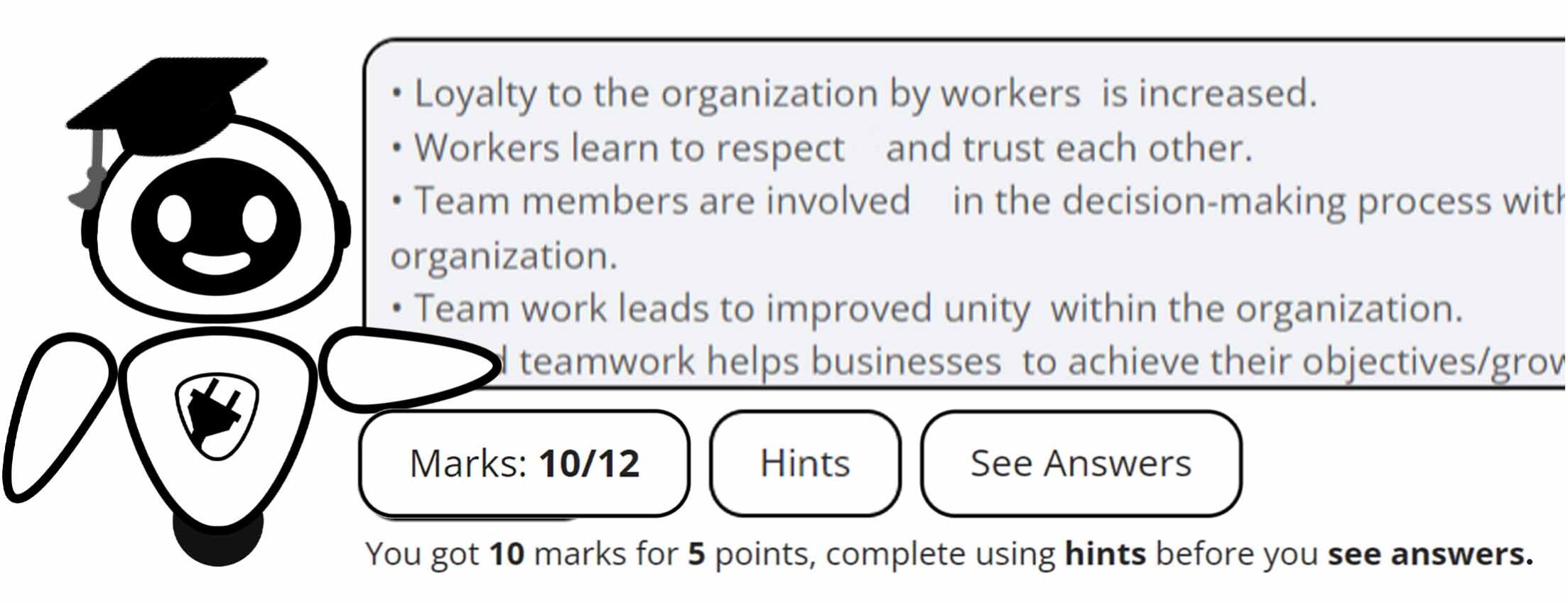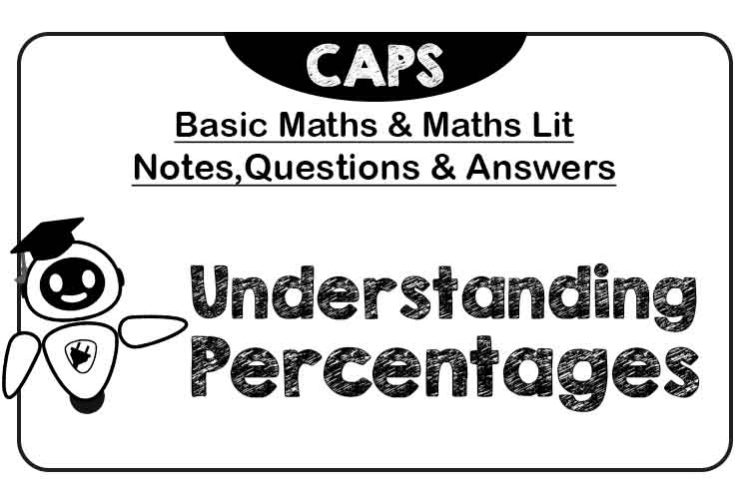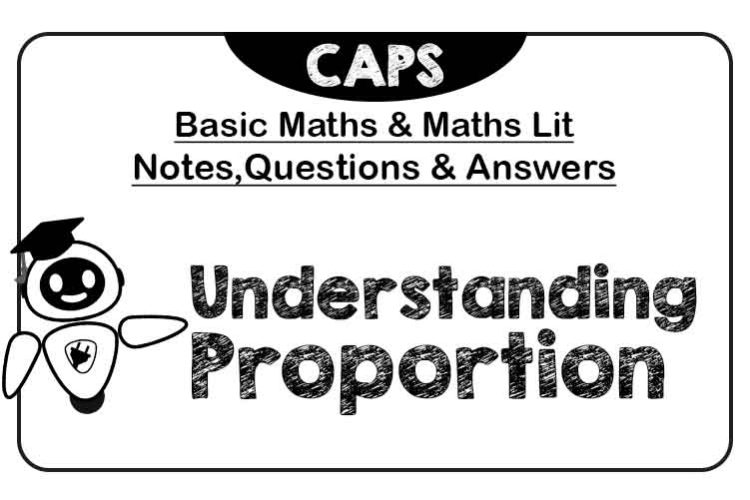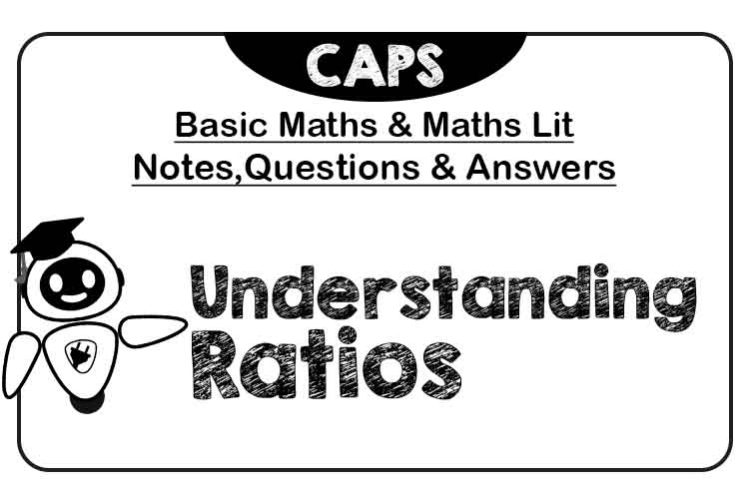Understanding Rates
- August 7, 2024
- Posted by: admin
- Category: Mathematical Literacy Notes

In this page you will learn about Understanding Rates. Study or download the notes with questions and answers.

Also Checkout 👇
Join and follow our social media accounts to stay ahead of the curricula for Mathematics, Mathematical Literacy and more subjects. with our termly updates. Get access to notes, exercises, past question papers, and more learning resources tailored specifically for Grade 10, 11, and 12 students.
About Understanding Rates
In these notes you are going to be able to practice Rates related exercises when calculating and solving questions. Make sure to practice all the questions so that you get used to solving problems of this nature.
![]()
Note that “Understanding Rates” is a sub topic and you can also access more notes, questions and answers under the main topic “Operations On Numbers And Calculator Skills” which is one of the recommended learning topics in the NSC (CAPS) Mathematical Literacy curriculum.
Understanding Rates
What is a Rate
A rate is a specific type of ratio that compares two quantities of different units, showing how one quantity changes in relation to another over a specified period or distance. For example, speed is a rate that compares distance traveled to the time taken (Kilometers per hour). In contrast, a ratio is a broader term that compares two quantities of the same unit, indicating their relative sizes. For instance, the ratio of 3 to 2 in a classroom means there are 3 boys for every 2 girls. While all rates are ratios, not all ratios are rates, as rates specifically involve different units.
Distance, Speed and Time
D=S×T. This equation illustrates that distance is the product of speed and time, making it a classic example of a rate. Here, speed (S) is the rate, which indicates how much distance is covered per unit of time (e.g., miles per hour, kilometers per hour).
\[By\;rearranging\;the\;formula,\;\\you\;can\;also\;solve\;for\;speed\\\\Where:\\\\D=S\times T\\S=\frac DT\\T=\frac DS\], further emphasizing that speed is a measure of the rate at which distance changes over time. This relationship is commonly used in physics and everyday scenarios to understand and calculate motion and travel.
Example Questions And Answers:
1. What distance did John cover if he ran for 15 minutes at a speed of 6 km/h?
\[15\;minutes\;=\;\frac{15}{60}=\;0,25\;hrs\\Dis\tan ce\;=\;speed\times time\\=\;6\;km/h\times0,25h\\=\;1,5\;km\]2. Kirsten enjoys running. She recently finished a 10 km race in 48 minutes. Determine her average speed in kilometers per hour.
\[48\;minutes\;\\=\frac{48}{60}hour\;\\=\;0,8\;hour\\\\Speed\;=\frac{dis\tan ce}{time}\\=\frac{10}{0,8}\\=12,5\;km/h\]3. How much time did it take Smith to cycle 48,000 meters at a speed of 60 kilometers per hour?
\[48\;000m\\=48000\div1000\\=\;48km\\Time=\frac{dis\tan ce}{speed}\\=\frac{48\;km}{60km/h}=0,8h\]Before you continue check it out 👇
Download our free PDF text books for Maths, Maths Lit and other subjects for various grades!
Continue from here👇
Mixed Exercises
1. The cost of water is R11.72 per kl(kiloliter).
1.1 Determine the expense for 342 liters of water.
1.2 What is the volume of water consumed if the water bill amounts to R164.08?
2. Given that a car can travel 500 km on a 35-liter tank of petrol, determine the car’s fuel consumption per 100 km.
3. Casandra commutes 25 km to her workplace daily. If her travel time is about 33 minutes, determine her approximate speed in kilometers per hour (km/h).
4. A turkey requires 30 minutes of roasting time for every 500 grams of meat. What will be the total roasting time for a turkey that weighs 1.2 kg?
5. A family heading on a weekend trip is driving at 120 km/h on the N2. They are currently 160 km from their destination. How long will it take them to arrive at their destination? Please provide your answer in hours and minutes.
6. Which of the three products sold at Pick N Pay is the most expensive?
- Chocolate Yogurt (175 ml) for R89.99
- Sta Soft (180 ml) for R92.99
- Vanilla Custard (150 ml) for R70.99
Answer:
1.1
Number of kilolitres = 342l ÷ 1 000 = 0,342 kl
Cost = R11,72 x 0,342 kl = R4,00
1.2
Number of kilolitres = R164.80 ÷ R11.72 = 14 kl
500 km on 35 L
= 100 km on 35÷5 = 7L
= 7L per 100 km
3.
Number of hours = 33 minutes ÷ 60 = 0,55 h
\[Speed=\frac{dis\tan ce}{time}\\=\frac{25\;km}{0,55h}\\=\;45,45\;km/h\]
4.
time : weight
30 min : 500 g
Hint: divide both sides by 500
0,06:1g
?: 1 200 g
Hint: Convert all units to the smallest common unit, which is grams in this case: 1.2kg x 1,000 = 1,200g
Time = (30 min + 500) x 1 200 g
= 72 min
\[Time=\frac{dis\tan ce}{speed}\\=\frac{160\;km}{120km/h}\\(Hint:\;\\Convert\;to\;minutes:\;multiply\;by\;60\\0,33x60\;=\;20\;minutes)\\=1,33\;h\\=1h\;and\;20\;min\]
6.
Chocolate Yogurt: R89,99÷175 ml = R0,514/ml
Sta Soft: R92,99÷180ml= R0,516/ml
Vanilla Custard: R70,99÷150ml = R0,473/ml
Sta Soft is the most expensive face cream
Practice More Questions Like ThisBefore you continue also check this out 👇
Get 100% on your exam essays using our essay cramming assistant!

It is useful if you want to cram essays for subjects such as
Business Studies, Economics, Geography, History, Home Languages, First Additional Languages and more…
Why use it?
Helps you structure how you write essays√
Helps you memorize and recall points and sentences including hints√
Marks your essays as you practice writing√
Continue from here👇
Other Maths LIT Notes
Do you have any query regarding Questions and/or Answers? Let us know👇
Other Practicing Material
- Newest
- Oldest
- Most Viewed














